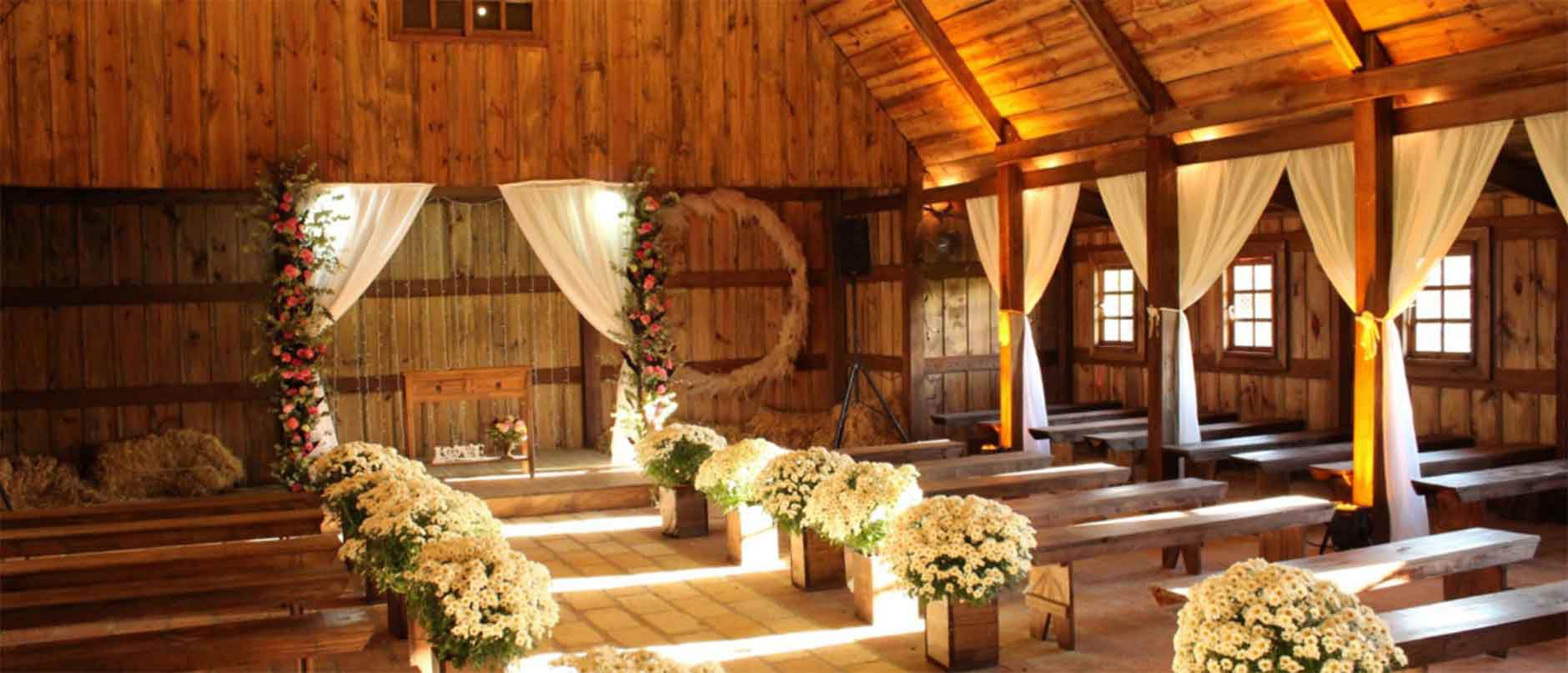Event Planning Content
Wedding Articles
Assembling your Wedding Guest List

10 Months Before your Wedding: Assembling your Wedding Guest List
Your wedding attendees are a vital part of your planning. You will end up paying for food, drink, and perhaps even accommodations for tens or hundreds of people. To keep them all happy, and in return help you stay happy, putting together a well thought out guest list is a necessity. Be wary of family feuds, inviting the wrong people can cause unpleasant and awkward scenes during a wedding. Most importantly don't be afraid to cross off someone who you do not want at your wedding. It's your day, plan it how you want it.
Determine a Ballpark Figure
It’s okay to be unsure at this point of the exact number of guests that you will want to invite, however, you should be able to determine a rough estimate of the size of wedding that you’re wanting This will help you when getting quotes from caterers and venues while allowing you to figure out the specific number later. When deciding a general number of how many people you are wanting to attend, some things to take into consideration:
- A small wedding is around 50-75 people.
- The average wedding attendance is 150 people.
- A large wedding is 200 or more people.
Consider Your Budget
The best way to decide how many people to invite is to think about how many people you can invite. Determining how many people your budget will allow, in terms of how much it costs to accommodate for each person, will give you an idea of how many people you will be able to invite. Remember: the more people you invite, the more expensive the reception and ceremony will be. Find out how much your parents are chipping in and how much each couple is contributing, then combine that with how much you and your partner can afford. Ask your local caterers what the reception will cost per person, this should take up roughly a quarter of your budget. Remember that each person will have a cost per-head for food and drink.
Find out the Size of the Venue
Getting quotes from your vendor about the number of people that can fit in your venue will give you a maximum amount of people that the venue can hold. If you’ve already decided on a place where you want to have your wedding, ask them how many people it can hold so that you’re not inviting more than that number.
![]() Click HERE to Download your Traditional Wedding Checklist
Click HERE to Download your Traditional Wedding Checklist
Divide the Guest List
You and your partner will of course want to invite family members, family friends, and loved ones alike. Odds are, your parents will also have a list of people they want to invite. So, in order to please both you and your parents, you will need to have an organized and fair system to split up the spots on the guest list. Common ways to decide on who gets how many spots are:
- Split into thirds – you and your family get a third, your partner and their family get a third, and a third for mutual friends of the two families
- Split into fourths – you get a fourth of the guests, your partner gets a fourth of the guests, your parents get a fourth of the guests, and your partner’s parents get a fourth of the guests.
- Divide the guest list into halves – one half is for you and your partner, and the other half is for the parents of you and your partner to split.
Normally it is assumed that both sides of the family invite the same number of guests, but you should split the guest list based on your circumstances and personal preferences.
Deciding Who to Invite
You will want to decide, first, whether you will be extending invitations to the kids of your guests. Some couples prefer to leave out children on the guest list because of the distraction that they might cause, others feel weddings are a family event and think children should be included. An alternative would be to say that children can only attend the reception.
You will also need to decide on how many of your guests will be able to bring a plus-one. If you have guests in long-term relationships or that are married, it will go without saying that you should invite both. But if you don’t think you will have the capacity for everyone to bring a date, you may want to leave the option off the invitation.
Drafting the Guest List
Prepare two separate lists. Record all the guests that you know you will send an invite to on the first list and leave the second list for recording the people that you would like to invite but might not make the cut. Not to say the second list is for second rate guests, but of course family comes first in decisions like this. That way, if a person from your first list is unable to come or declines, you will have a list of people to choose from to take their spot.
Before you send the list out, make sure that the number of guests on your first list, since this will be your final list, is not exceeding the number that your vendor gave you. If your list has more guests than the venue allows, start by cutting the lowest priority guests (people you work with, distant family members, family friends you might not know) until you have the desired number.
Finally, once you have your list and you’re ready to send out invitations, create a timeline of when you will send out your invites. As a rule-of-thumb, two months prior to the wedding will give your guests plenty of time to fit your wedding into their schedule. It will be beneficial to you to send out two sets of invitations, the first should be sent out two months in advance, and the second should be sent somewhere around six to four weeks before the wedding and should have its own RSVP date.







